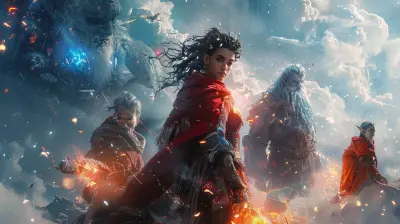The Evolution of Crowdfunding for Game Development: Then vs. Now
22 April 2025
When we think about how games get made, it’s easy to picture big studios, teams working overtime, and massive budgets. But here’s the thing—this isn’t the only way games hit the market these days. Crowdfunding has revolutionized the way developers bring their ideas to life. You’ve probably heard of platforms like Kickstarter or Indiegogo, but have you ever stopped to think about how we got here? And let’s be honest—crowdfunding for game development today looks nothing like it did a decade ago.
In this post, let’s dive headfirst into the evolution of crowdfunding for game development. We’ll take a look at the growing pains, the success stories, and how everything has shifted over time. Buckle up—it’s going to be a wild ride!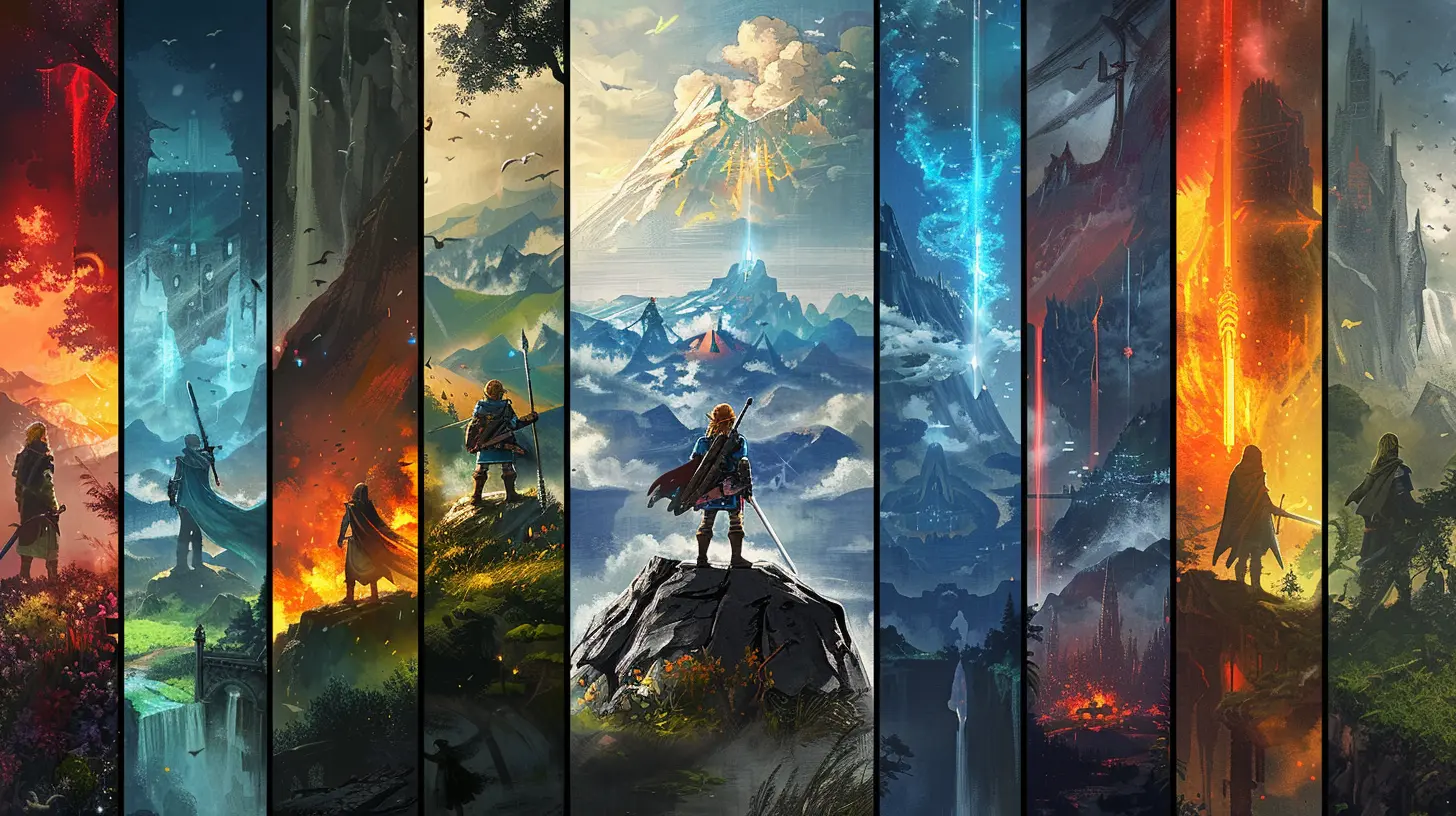
The Early Days of Crowdfunding for Games: A Bold Experiment
Let’s rewind to the early 2010s. Crowdfunding wasn't always the powerhouse we know today. Back then, it was more like a scrappy underdog. Developers were experimenting, and gamers weren’t exactly throwing their wallets at crowdfunded games just yet. But this was the spark that set everything in motion.What Made Crowdfunding So Appealing?
For indie developers especially, crowdfunding was like a golden ticket. Imagine it: no need to beg publishers for funding or give up creative control. Instead, they could pitch their crazy, unique game ideas to fans directly. These platforms became the digital equivalent of passing a hat around at a small gathering. It was intimate, personal, and exciting.And for gamers? It was like being let in on a secret. Crowdfunding gave players the chance to feel like insiders. You weren’t just buying a game—you were backing a vision. It felt like you were part of the development journey, cheering from the sidelines as the creators brought it all to life.
The First Wave of Success Stories
Some early campaigns absolutely knocked it out of the park. Titles like Faster Than Light (FTL) and Broken Age (then known as the "Double Fine Adventure") raised eyebrows—and cash—by the truckload. Suddenly, crowdfunding wasn't just a "cute idea." It was proof that gamers were willing to pay for creativity.But not everything was smooth sailing...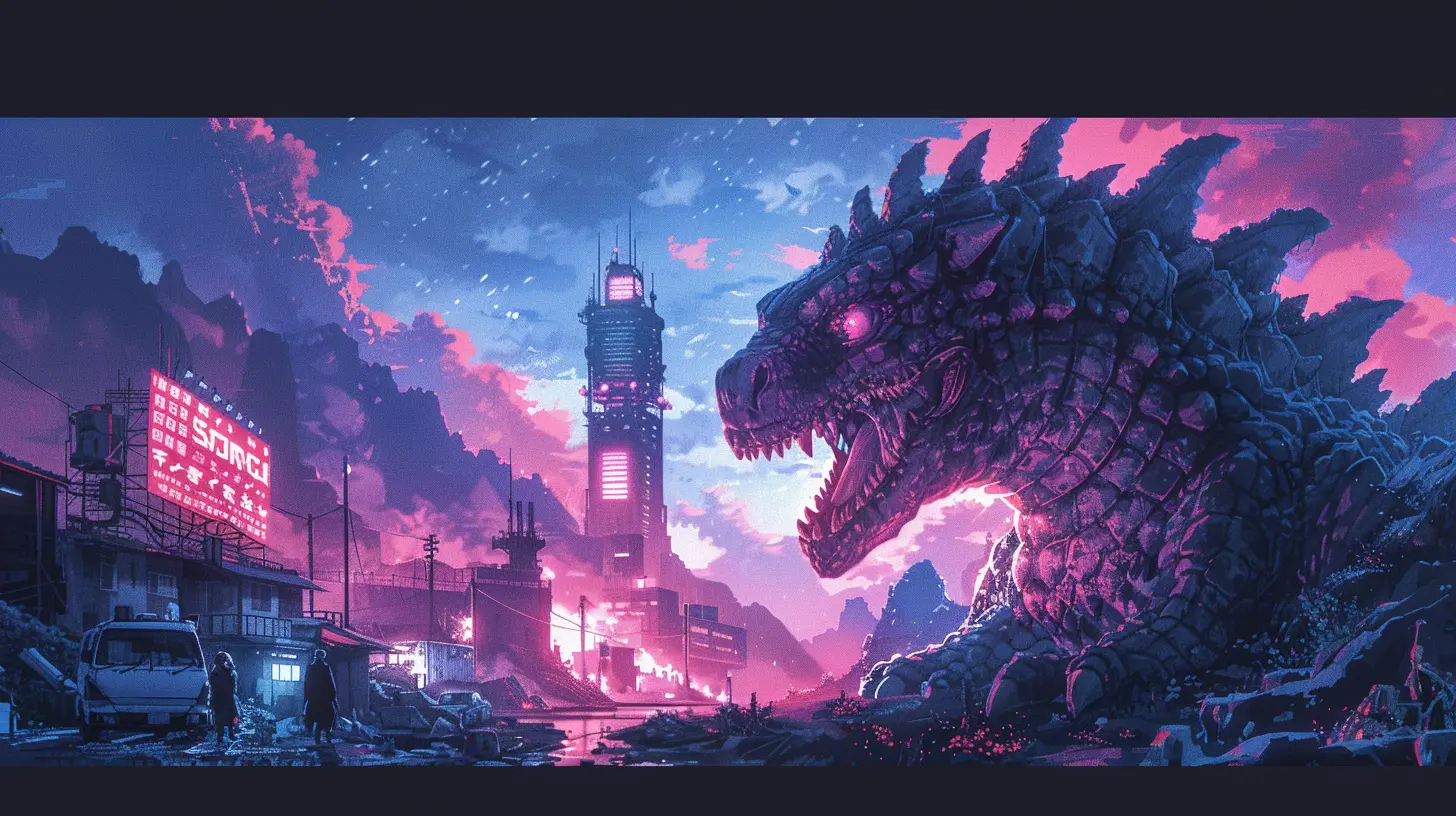
The Challenges of Early Crowdfunding: Growing Pains
The early days of crowdfunding weren’t without hurdles. For every success story, there were failed campaigns, over-promised projects, and some big disappointments.Underestimating Costs
Game development is expensive—like, REALLY expensive. Many developers went into crowdfunding with stars in their eyes, setting budget goals that didn’t even scratch the surface of what they'd need. This often meant projects ran out of money halfway through, leaving backers furious and developers scrambling.Communication Issues
And then there was the radio silence. Backers wanted updates—after all, they’d basically pre-ordered the game. But some developers just weren’t prepared to handle the community management side of things. Cue the angry tweets, the Reddit threads, and the decline in trust.What About Scams?
Yup, there were those too. Some campaigns were outright scams, with shady developers disappearing into the night with backers’ cash. These incidents didn’t help crowdfunding’s reputation and made people understandably wary.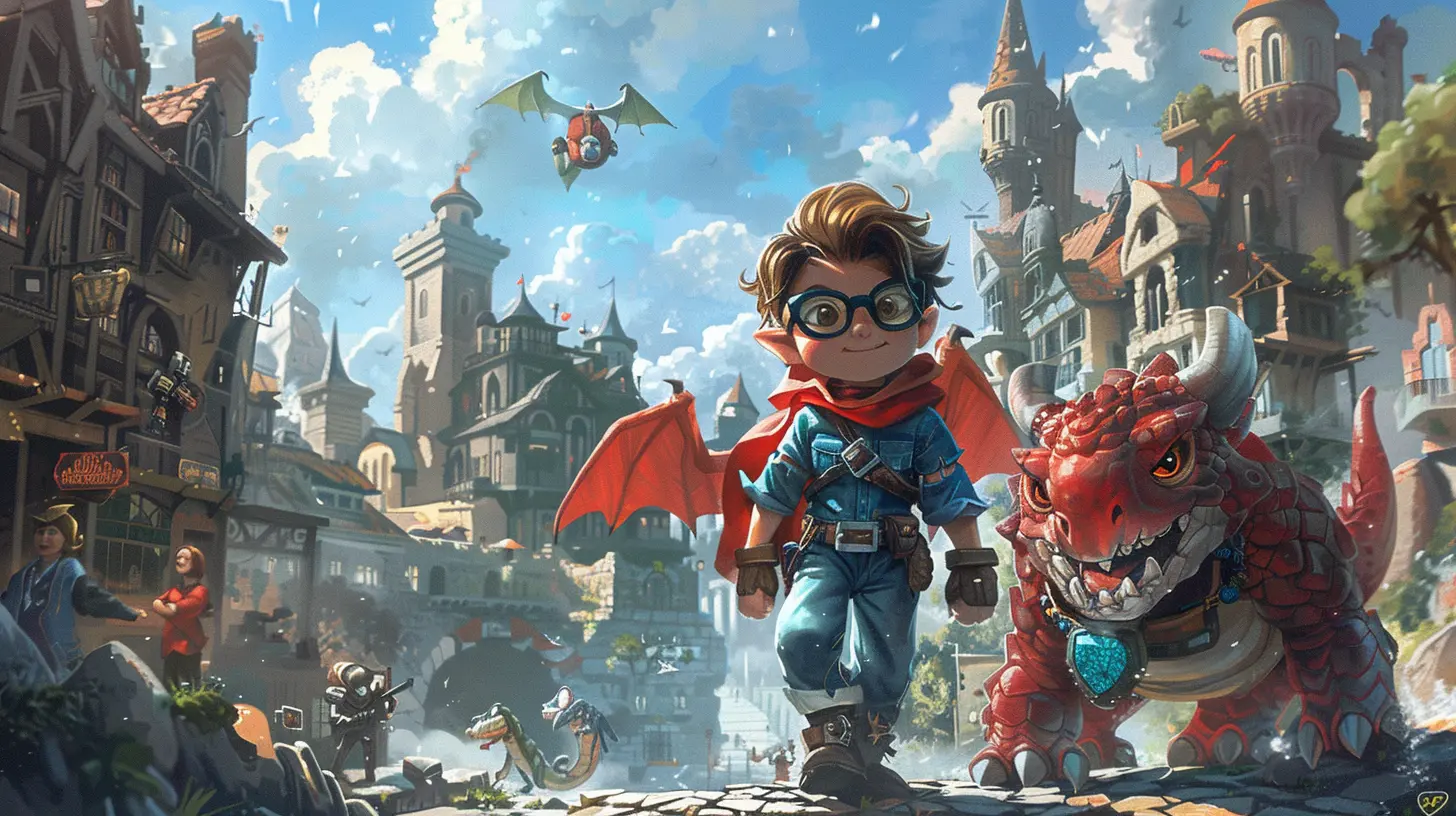
Crowdfunding Games Today: A Whole Different Ball Game
Fast forward to today, and crowdfunding for games is a completely different beast. Developers—and platforms—have learned a LOT since the early days. Things are more polished now, with clearer expectations for both creators and backers. It’s like crowdfunding has grown up, and honestly? That’s a good thing.Bigger Budgets, Bigger Campaigns
These days, it’s not unusual for game campaigns to rake in millions. Titles like Shenmue III and Pillars of Eternity blew past their original funding goals, proving that gamers still have a taste for crowdfunded projects. But with those bigger budgets comes bigger pressure to deliver. Expectations are sky-high, and backers won’t tolerate sloppy execution.Platforms Have Stepped Up Their Game
Crowdfunding platforms like Kickstarter have introduced stricter rules and requirements, making it harder for scams to slip through the cracks. There’s also more transparency now—many creators break down how the funds will be used and set realistic stretch goals. This helps build trust between developers and their fanbase.Early Access and Crowdfunding: A Match Made in Heaven
Another trend? Developers are increasingly using crowdfunding to fuel "early access" games. Think about it—it’s like crowdfunding 2.0. Developers can raise money upfront, then use early access to involve backers in the development process. It’s a win-win: fans get to play early, and devs get valuable feedback.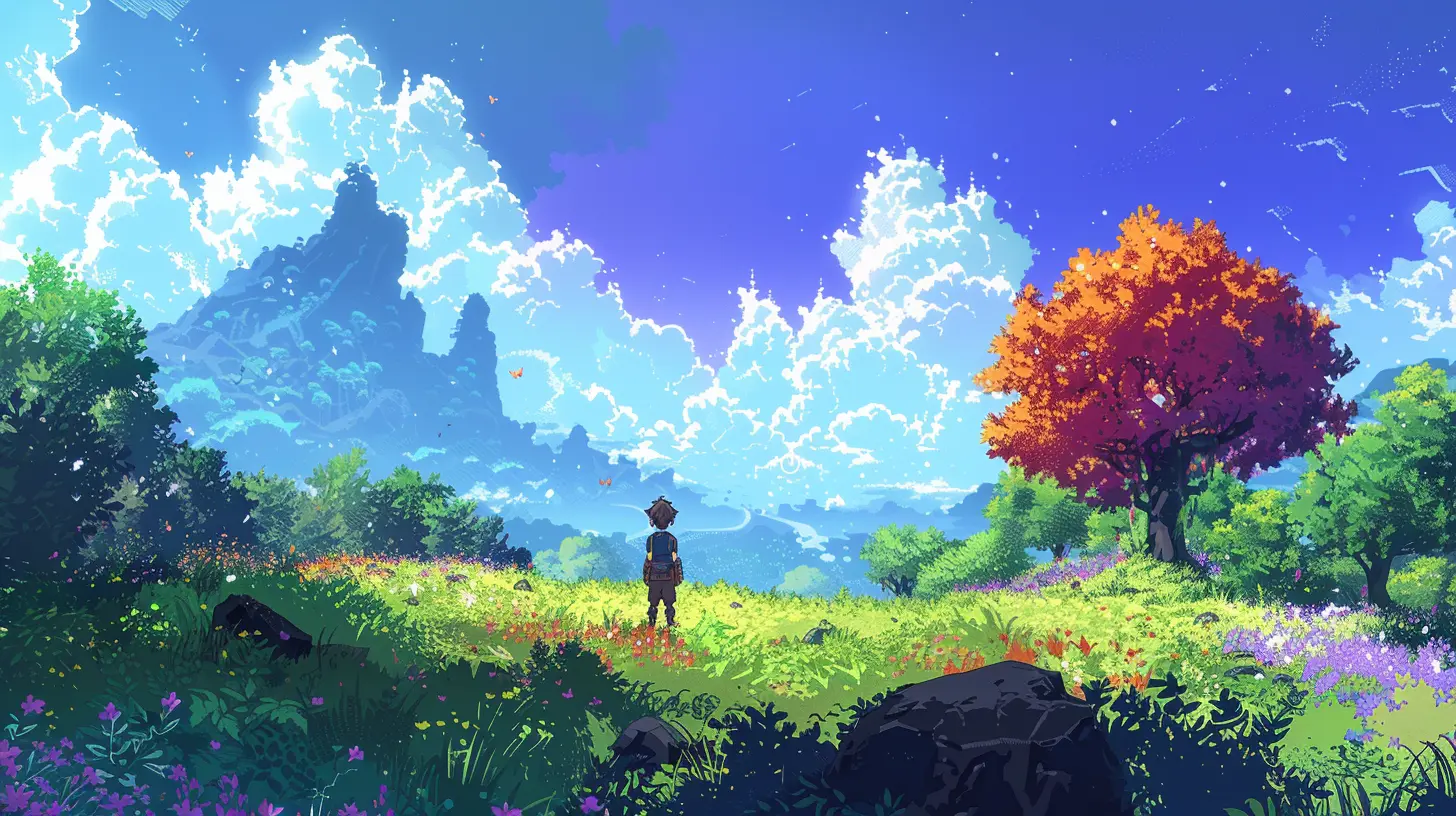
The Rise of Social Media and Streaming: Amplifying Crowdfunding’s Reach
Let’s be real—social media has completely changed the game (pun intended). Platforms like Twitter, YouTube, and Twitch have become powerful tools for promoting crowdfunding campaigns. And let’s not forget the rise of influencers and streamers.Influencers as Game Hype Machines
Imagine this: your favorite streamer talks about an upcoming indie game that looks absolutely amazing. They link to the crowdfunding campaign, and suddenly, it’s blowing up. This is happening more and more, with creators leveraging influencers to spread the word about their projects. A well-placed shoutout from the right streamer can mean the difference between success and failure.Gamers Want a Connection
Social media also makes the whole crowdfunding process feel more personal. Developers can post updates, share behind-the-scenes content, and interact with backers directly. Crowdfunding campaigns have become less about cold, hard transactions and more about creating a community around a shared passion for gaming.The Pros and Cons of Modern Game Crowdfunding
So, how do the pros and cons stack up now compared to the early days? Let’s take a quick look.The Pros:
- Creative Freedom: Developers can still pitch ideas that would never get greenlit by big publishers.- Direct Connection: Players feel more involved, fostering loyalty and excitement.
- No Middlemen: Developers keep control over their IP and vision.
The Cons:
- High Expectations: Backers now expect AAA-quality indie games, which isn’t always realistic.- Risk Still Exists: Even with stricter rules, there’s still a chance a project might fail to deliver.
- Campaign Fatigue: Let’s face it—there are A LOT of crowdfunding campaigns out there these days. Standing out is tough.
Crowdfunding’s Future in Game Development
So, what’s next for crowdfunding and games? Virtual reality and blockchain are wildcards that could shake things up even more (hello, NFTs and play-to-earn models). But one thing’s for sure—crowdfunding isn’t going away anytime soon.As long as developers keep dreaming big and gamers are willing to support those dreams, crowdfunding will remain an important part of the gaming ecosystem. And honestly? That’s pretty exciting.
Wrapping It Up
Crowdfunding has come a long way from its scrappy beginnings. It’s gone from risky experiments to a tried-and-true method for bringing amazing games to life. Sure, it’s not perfect—there are still risks, and the stakes are higher than ever. But at its core, crowdfunding is still about one thing: connecting gamers with the people who create the games they love.So, the next time you see a crowdfunding campaign for a game that looks cool, why not check it out? Who knows—you might just help fund the next big indie gem.
all images in this post were generated using AI tools
Category:
CrowdfundingAuthor:

Aurora Sharpe
Discussion
rate this article
4 comments
Damien Richardson
Crowdfunding revolutionized gaming; innovation thrives through community-driven support today!
May 13, 2025 at 2:51 PM

Aurora Sharpe
Absolutely! Crowdfunding has empowered indie developers and fostered creativity by connecting fans directly with the projects they believe in. It's a game-changer for the industry!
Kassidy Abbott
This article brilliantly captures the shifting landscape of crowdfunding in game development. It’s fascinating to see how initial enthusiasm has evolved into a more nuanced approach, where both developers and backers have learned valuable lessons. It’ll be interesting to see how this trend continues to shape the industry.
May 6, 2025 at 4:30 PM

Aurora Sharpe
Thank you! I'm glad you found the article insightful. The evolution of crowdfunding is indeed a pivotal aspect of game development, and I'm excited to see how it continues to transform the industry.
Faenor McElhinney
Great insights on crowdfunding's transformation! It's fascinating to see how developers and backers have evolved together.
April 29, 2025 at 2:55 AM

Aurora Sharpe
Thank you! I'm glad you found it fascinating—it's incredible to see how collaboration has shaped the crowdfunding landscape in game development.
Sloane Lawson
Crowdfunding has transformed from grassroots support to a commercialized venture, raising questions about creator accountability and innovation.
April 24, 2025 at 3:41 AM

Aurora Sharpe
Thank you for your insight! It’s true that crowdfunding has evolved significantly, and the shift towards commercialization does raise important questions about accountability and innovation within the industry. Balancing support for creators with sustainable practices will be key moving forward.

